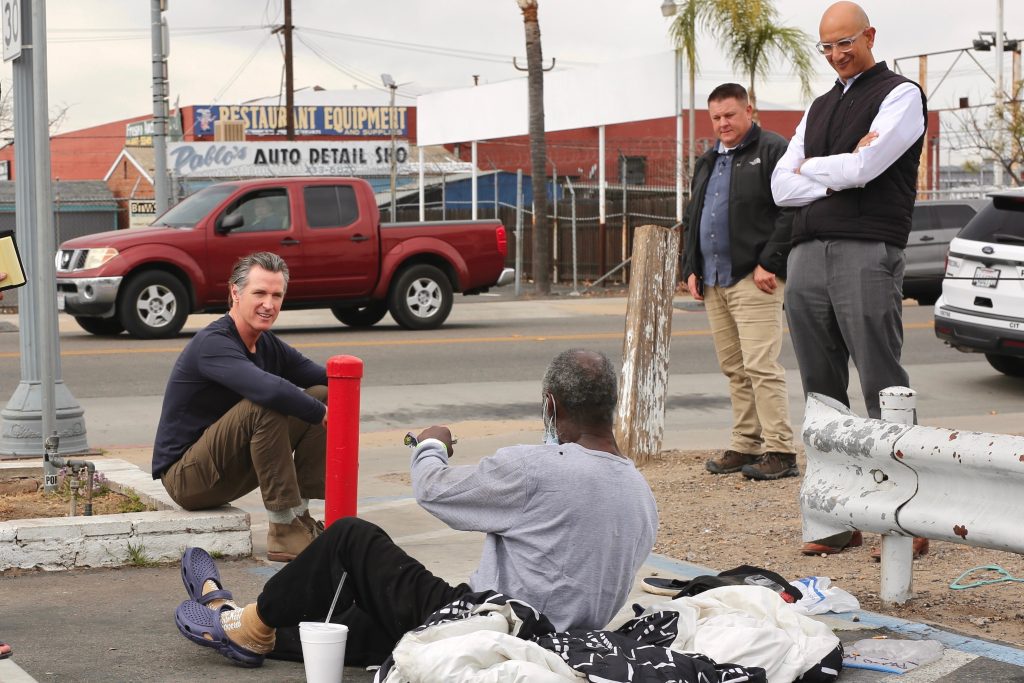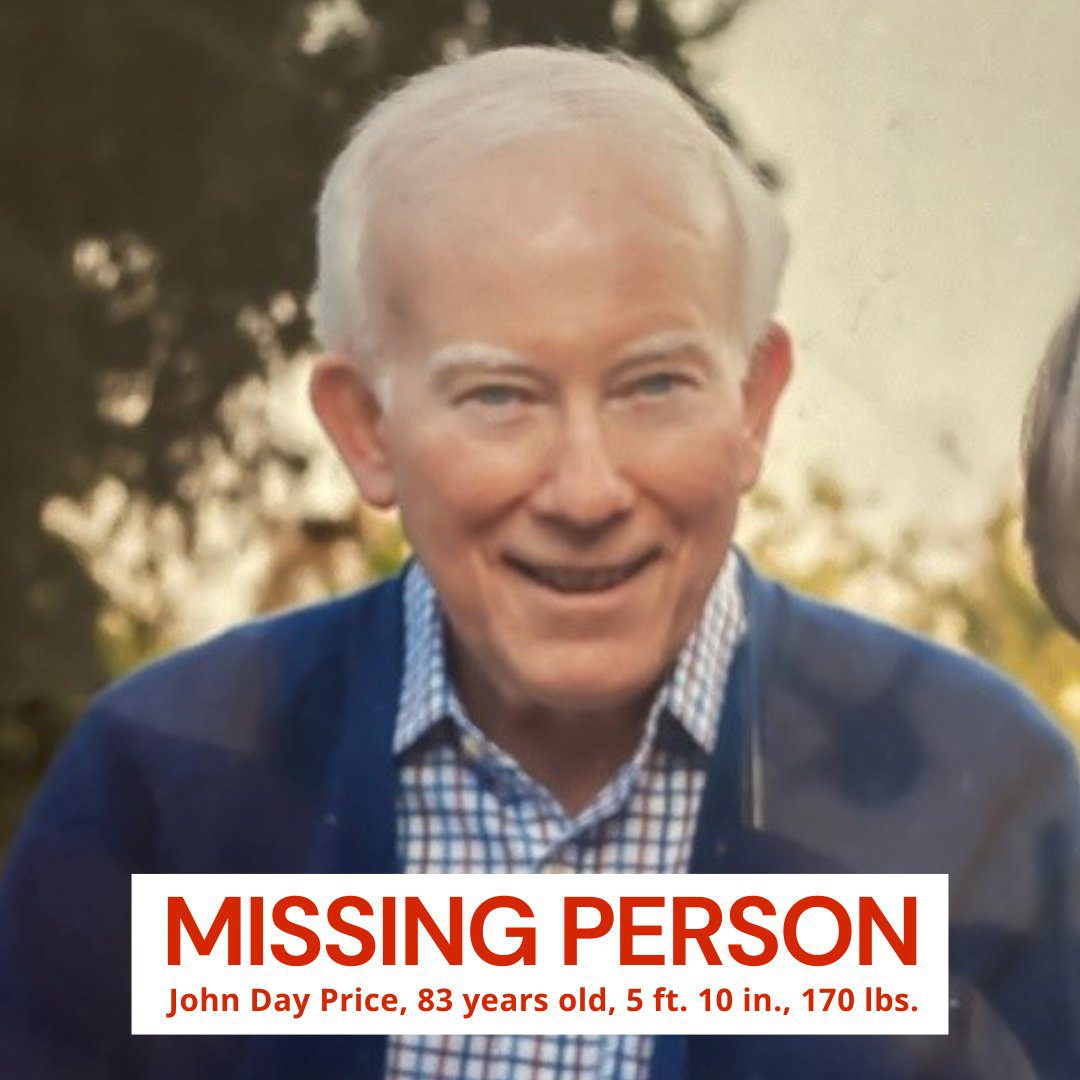By Jaisal Noor for Yes! Magazine.
Broadcast version by Suzanne Potter for California News Service reporting for the Solutions Journalism Network-Public News Service Collaboration
Erica Jackson grows palm, pothos, and aloe plants at the entrance to her South Central Los Angeles apartment to create a “safe haven” in a neighborhood marked by addiction, poverty, and violence. The 33-year-old dreams of one day owning her own house, in a neighborhood like Leimert Park, where she grew up and where it’s safe for her children to play outside. But for now, she’s working to overcome the challenges of poverty and mental health, while building a home for her 11-year-old son, her husband, and their dog. Jackson was served with an eviction notice in July 2022—part of a growing national wave of evictions as pandemic-era renters’ protections have ended.
Unwilling to give up and accept the eviction, Jackson soon sought out support from other tenants like her, and within just a few weeks, she organized meetings in her garden to support fellow tenants facing eviction. She and others are banding together, using creative means to fight for their right to housing.
First, a Housing Crisis; Then, the Pandemic
The pandemic exposed the long-standing failures of the housing market. After tens of millions lost their jobs and were unable to afford rent, the federal government prevented mass evictions by adopting housing organizers’ demands for financial aid and increased legal protections for tenants. Activists say that while these responses were inadequate in dealing with the scale of the problem, they demonstrated the power of collective action in bringing about meaningful change.
Many pandemic-era protections, like the eviction moratorium, have since been struck down or have been allowed to expire, but community organizing in cities like L.A. has only intensified.
Today, Jackson is a member of the Los Angeles Tenants Union (LATU); she displays a poster in her garden for the organization that reads, “This tenant is safe and cannot be evicted.”
“People like me were already fighting individually,” says Jackson. “But now I fight with a union of people.”
LATU employs tactics such as eviction blockades, mutual aid, and courtroom packing to fight evictions—all part of a long local history of collective action to fight gentrification in the face of rising property values and luxury development. The organization has secured historic wins, such as pressuring the LA City Council to vote to purchase a 124-unit of affordable housing from a developer who was tripling rents after the properties affordable housing covenant expired. It also helped elect longtime LATU organizer Kenneth Mejia to the position of city controller in the November midterm election.
The scale of the rental crisis and the resulting social costs are difficult to fathom. Even before the pandemic, one study found that 3 in 4 LA residents had to pay over 30% of their income on rent, forcing them to cut back on other essentials such as food, clothing and transportation. Since then, nationwide, the average rent has increased by nearly 30%. High rents are increasing four times faster than wages and are a leading driver of inflation.
Further, researchers have linked evictions to increased rates of poverty, crime, and mortality. One study found there were 10,700 additional deaths nationwide after eviction moratoriums were lifted during the pandemic. “We are learning that eviction is a cause, not just a condition, of poverty,” sociologist Michael Desmond told Harvard Magazine.
Deep-pocketed private equity firms are increasingly speculating on housing stock, which in turn has incentivized landlords to push out low-income tenants. Millions of households nationwide could face eviction as local, state, and federal protections implemented during the pandemic expire.
And, despite statewide rent control protections, California had a higher than national average rate of households facing eviction according to Census Bureau data. Low-income renters have few options if they are evicted.
Additionally, renters like Jackson face discrimination for receiving Section 8 subsidized housing vouchers. Nationwide, only one out of three voucher recipients is protected from landlords rejecting their housing applications based on their source of income.
Tenants Refuse to Return to “Normal”
By summer 2022, L.A. County evictions had surpassed pre-pandemic levels, says Kyle Nelson, a postdoctoral fellow at the University of California, Los Angeles (UCLA) and the Veterans Administration. In 2013, Nelson began compiling eviction statistics in LA after he discovered no local agency does so, as is common in other jurisdictions.
Marques Vestal, an assistant professor of urban planning and Critical Black Urbanism at UCLA, and a member of LATU, says the impact of the crisis depends on whether the public accepts “going back to normal,” or whether mass movements can successfully demand that housing should be a fundamental right. “That’s what’s going to give a future political movement of tenants that’s happening in the country right now longevity,” Vestal says.
Meanwhile, Jackson aspires to one day be able to return to the neighborhood where she was born, which is only a dozen miles from where she currently lives, but where her family was priced out amid rapid gentrification.
“It would be a beautiful experience and a joy to not only live in the Leimert/Crenshaw district, but to be able to afford and qualify to purchase a home, and raise my children and family in the neighborhood that nurtured me in my childhood,” says Jackson.
Across town, other activists have a solution they think could make that possible one day.
Long-Term Solutions: Beyond Rent Control and Eviction Bans
Even as activists fight evictions and demand better housing conditions, they recognize that a long-term solution to evictions and insecure lodgings is to create housing stock that is owned by communities and not controlled for profit.
This is especially a challenge for people of color, who have historically been targeted by exploitative housing policies and systematically denied opportunities for homeownership and wealth creation tied to white-dominated real estate. Today, Black and Latino households have as little as 15% of the wealth and half the income as their white counterparts. Unable to afford rising rents and housing prices, they are often priced out of the neighborhoods they have long called home.
Crenshaw, considered an African American cultural mecca, is the site of a Black-led approach to resisting gentrification and displacement through collective ownership of land.
“Black is the only race that’s anticipated to see a decline in population in L.A. in every decade into the foreseeable future,” says Damien Goodmon, an L.A.-based activist and board member with the group Downtown Crenshaw. He adds, “Black is the group that’s most disproportionately represented in the unhoused population.” L.A. County is home to over 69,000 homeless people, according to a recent survey.
Downtown Crenshaw was inspired by the success of community land trusts, a model that keeps ownership of land and housing in the hands of the community, who can choose to keep it permanently affordable while providing tenants a pathway to wealth building.
The biggest limitation to collective ownership is raising the funds needed to purchase land. When the historic Baldwin Hills Crenshaw Plaza Mall, which sits on 40 acres of land at the intersection of Crenshaw Boulevard and Martin Luther King Jr. Boulevard, went up for sale, Downtown Crenshaw submitted the top bid, raising over $100 million. But in August 2021, the owner inexplicably accepted a lower offer, and Downtown Crenshaw’s attempts to have the decision overturned in court have so far fallen short.
Despite the setback, the group is continuing with its vision, and since May 2021 has purchased ten parcels of land, which will be developed into residential and commercial space that’s affordable for longtime residents and businesses.
“Our goal is to build what will be the largest community land trust in America,” says Goodmon. He explains that in order to “stop the displacement crisis, we have to take as much land off of the speculative real estate market, so that people in Black communities can be free from displacement, [and] communities and commercial spaces can be free to grow and thrive.”
“We are so very intentional about saying this is not about closing the Black-white wealth gap by making some Black people rich; this is about lifting up an entire community,” says Goodmon.
Paul Yelder, who was once the executive director of Boston’s storied Dudley Neighbors Incorporated (DNI), understands what Goodmon means. DNI was a community land trust established by the Dudley Street Neighborhood Initiative. Yelder, who currently calls the Crenshaw District of L.A. his home, says, “The goal of this community land trust is really to acquire and preserve some of the affordability.”
Yelder says Downtown Crenshaw is adopting innovative solutions to the challenge of collective ownership, including “taking one single-family house and turning it into three and sometimes four units that can then spread that cost,” Yelder says.
The organization is acquiring inspiration from how other countries have largely eliminated housing insecurity through rent control and publicly controlled housing, even when local governments refuse to do so, says Dwayne Wyatt, a retired L.A. city planner and Downtown Crenshaw board member.
“[Policymakers] refuse to look around the world and see how other countries have addressed this,” he says. “You go to Scandinavian countries. They don’t have people living in the street. … They have housing policies that see housing as a human right, not just a function of the market.”
Jaisal Noor wrote this article for Yes! Magazine.







